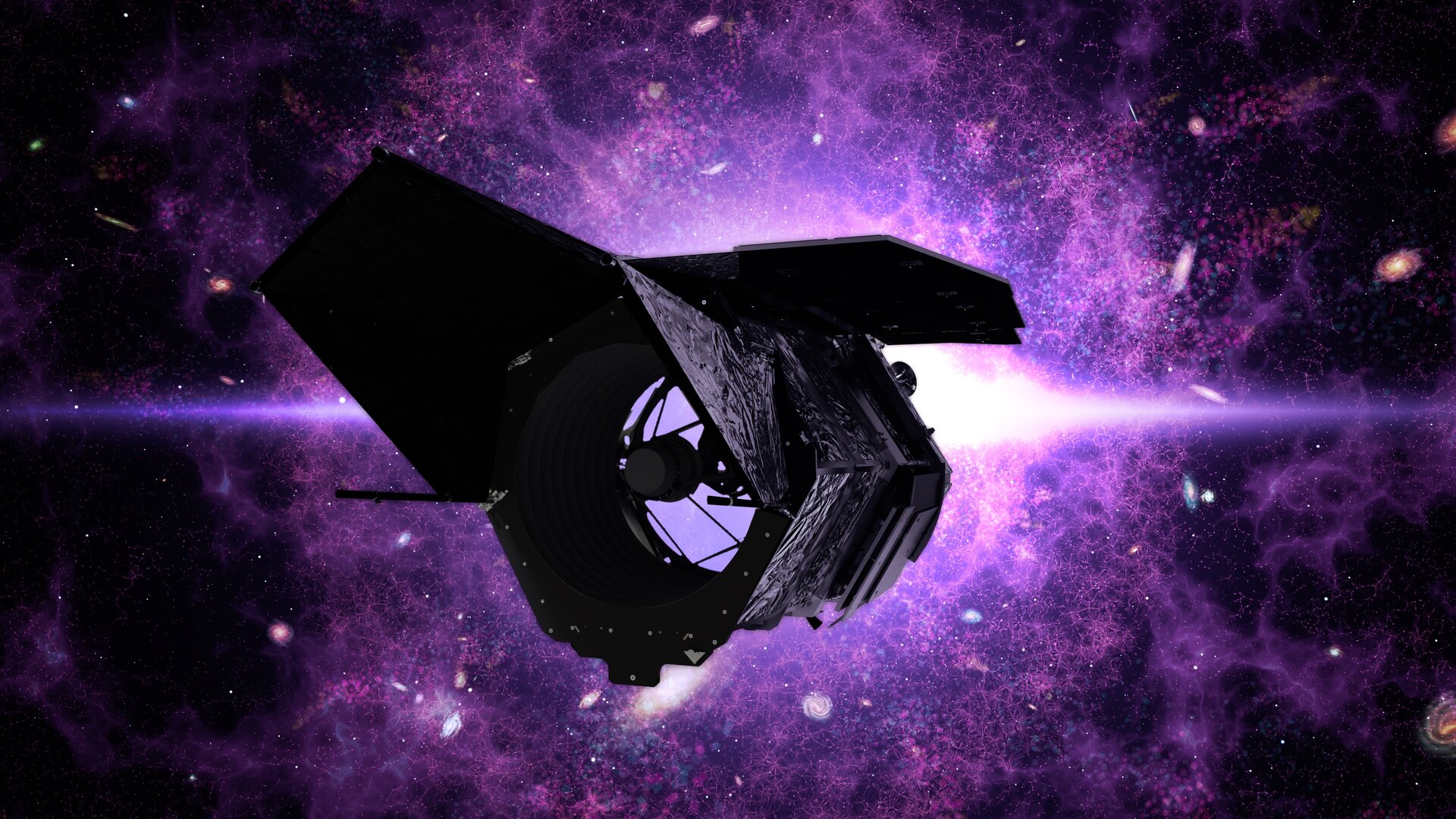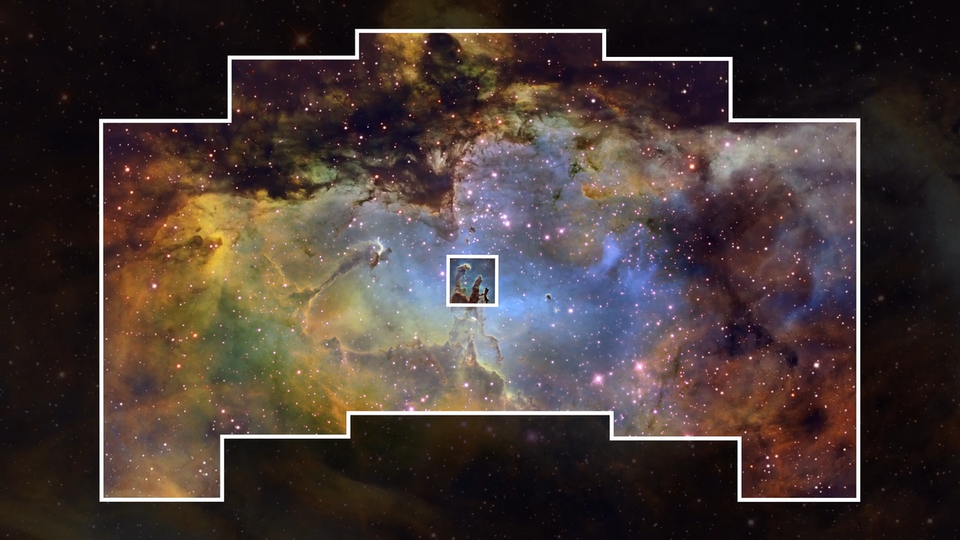Roman factsheet
Overview of the Nancy Grace Roman Space Telescope.
Name: Nancy Grace Roman was NASA’s first chief of astronomy throughout the 1960s and 1970s and is known as the ‘Mother of the Hubble Space Telescope’. The Roman mission was previously named WFIRST (Wide-Field InfraRed Survey Telescope) and was renamed in 2020 to the Nancy Grace Roman Space Telescope to honour Nancy Grace Roman.
Planned launch: Late 2026
Mission theme: Observing the Universe in infrared light to investigate the nature of dark matter, learn more about dark energy and find new exoplanets.
Status: Under development, following adoption by NASA in 2010
Partnership: The Nancy Grace Roman Space Telescope is a NASA-led mission to which ESA contributes as a Mission of Opportunity. Participating in these kinds of missions enables ESA and the European space community to take advantage of the opportunities that arise through partner agencies, providing an element of flexibility to the ESA Science programme.
European contributions: Europe’s contributions to the mission consist of detectors (EMCCDs) for the Coronagraph Instrument, star trackers and batteries. Furthermore, ESA will provide time for downlinking data from the spacecraft to a ground station; to this end, ESA is building a new 35-metre antenna in New Norcia in Australia, next to an existing antenna. This new antenna will also be used by other ESA missions and will be ready by 2025.
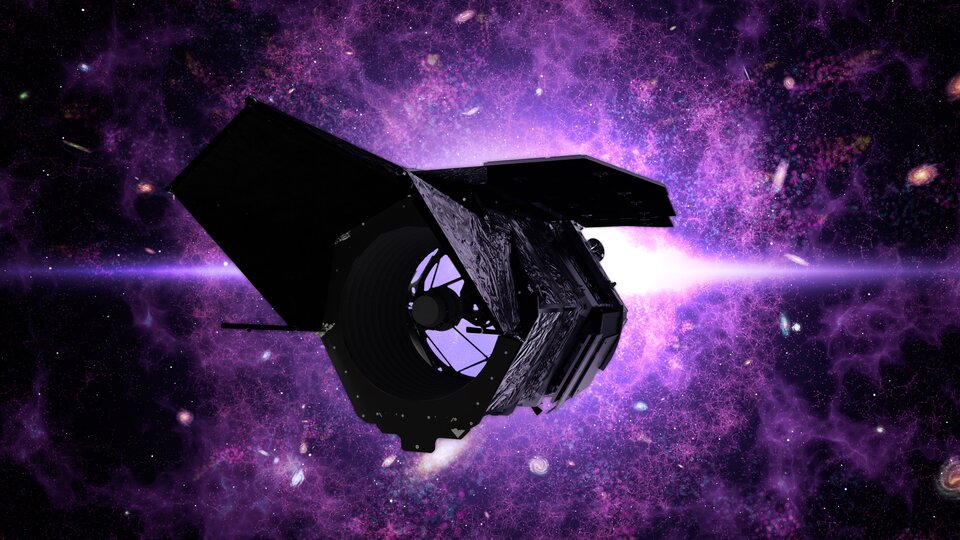
Mission objectives: The Roman telescope will be a cutting-edge space observatory for in-depth studies of the Universe in infrared light. The telescope’s large field of view, high sensitivity and advanced coronagraphic capabilities will allow astronomers to detect and study galaxies in the very early Universe, search for potentially habitable exoplanets and provide answers to some of the most pressing questions in astrophysics, such as the nature of dark matter and dark energy.
The wide-field view of the Roman telescope will allow astronomers to perform surveys very efficiently. A wide-field survey prioritises looking at a large part of the sky instead of looking ‘deeper’ into a smaller patch, as is currently achieved with the Hubble and Webb Space Telescopes.
With one of Roman’s surveys, scientists will look outside of the bulge of our galaxy in search of supernovae. Supernovae shine bright and are visible from enormous distances. Astronomers use them to determine a parameter called the Hubble constant.
In another Roman survey, scientists will look towards the centre of our galaxy and monitor the intensity of the light from millions of stars over time. They could discover over 2000 exoplanets through their microlensing signature and more than 100 000 exoplanets through the more standard transit method. The transit method looks for the periodical dimming of starlight as a planet repeatedly crosses in front of its host star.
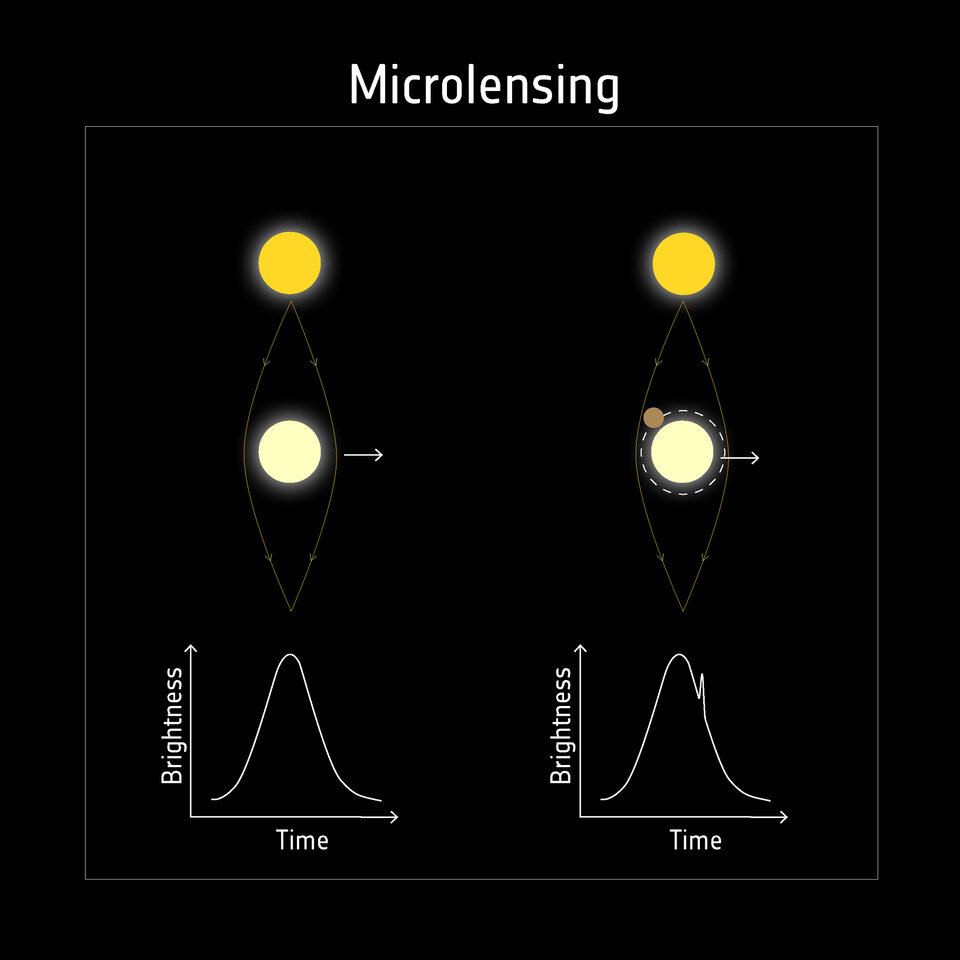
Microlensing events occur when the light from distant stars is altered due to the mass of closer stars. All massive objects passing in front a distant star bend the star’s light due to their gravitational field, creating a temporary increase in the brightness of the star. With Roman, astronomers will monitor the brightness of millions of stars over time. When two stars align closely along the telescope’s line of sight, the nearer start acts like a natural cosmic lens, magnifying the light from the background star. As the stars drift along their orbits around the galaxy, the alignment shifts over days to weeks, changing the apparent brightness of the more distant star. If the lensing star has an exoplanet, the brightness of the background star will show an additional peak due to the gravitational influence of the exoplanet.
Apart from exoplanets, Roman will also study dark matter by looking at another type of lensing that happens to distant galaxies. Their apparent shape gets warped by small clumps of dark matter spread out through the Universe. This effect is called weak gravitational lensing. By studying the different shapes of warped galaxies, Roman will provide some hints on the nature and distribution of dark matter.
Finally, Roman will also shine a light on dark energy, which causes the expansion of the Universe to accelerate. Roman will map clusters of galaxies over time and space. Depending on the evolution of clusters through time, it is possible to test the effect of dark energy on them.
What’s special?: Roman will survey the Universe with a much larger field of view than the Hubble Space Telescope or the James Webb Space Telescope. This is useful for selecting targets for missions that cannot look as ‘wide’ but are able to probe ‘deeper’ such as Webb.
Roman is also equipped with a high-performance technology demonstration coronagraph capable of seeing planets a billion times fainter than their stars. The mission will use the coronograph to directly detect and characterise exoplanets. A coronagraph works by blocking out incoming stellar light so that fainter objects around the stars can be observed. Roman’s coronograph blocks this light by creating an ‘opposite’ wave. This opposite wave has peaks where the stellar light has valleys, and valleys where the stellar light has peaks. When the ‘opposite’ wave interacts with the light wave, they cancel each other out and only the light from possible planets and rings around the star remains.
Roman will demonstrate the technology that will allow future missions to observe and characterise rocky planets in their star's habitable zone – the range of orbital distances where liquid water may exist on a planet's surface.
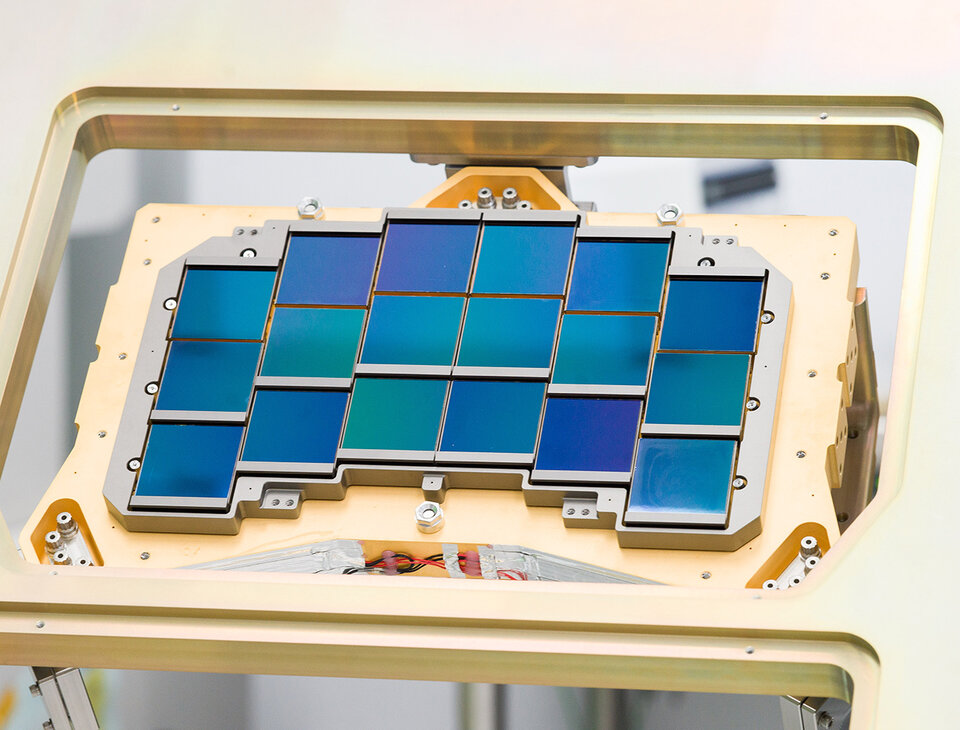
Spacecraft and instruments: The Roman telescope has a primary mirror of 2.4 m and two instruments: the Wide Field Instrument (WFI) and a Coronagraph Instrument technology demonstration. The WFI is a 300-megapixel multi-band visible and near-infrared camera. The Coronagraph Instrument uses destructive interference to block out starlight in order to look for faint planets around them.
Journey and orbit: Roman is set to launch on a SpaceX Falcon Heavy rocket from NASA’s Kennedy Space Center in Florida. The space telescope will operate on an orbit around the second Lagrange point of the Sun-Earth system (L2).
Lifetime: The mission has a nominal lifetime of five years with a potential five-year extension.
Mission facts:
- In 2010, the Roman space telescope was put forward as the top priority for the next decade in astronomy by the United States National Academy of Sciences Decadal Survey Committee. The mission was proposed as WFIRST (Wide-Field InfraRed Survey Telescope) at the time.
- Roman’s primary mirror is 2.4 metres in diameter, as large as the primary mirror of the Hubble Space Telescope.
- The Wide Field Instrument will provide images of the same quality as Hubble, but its field of view is 100 times greater (0.28 square degrees).
- Roman will gather up to 20 petabytes of data over the course of its five-year primary mission. This is the same amount of data as that of 10 000 000 HD movies all together.
- The Coronagraph Instrument could be capable of imaging Jupiter-sized exoplanets in Jupiter-like orbits around their host stars.


